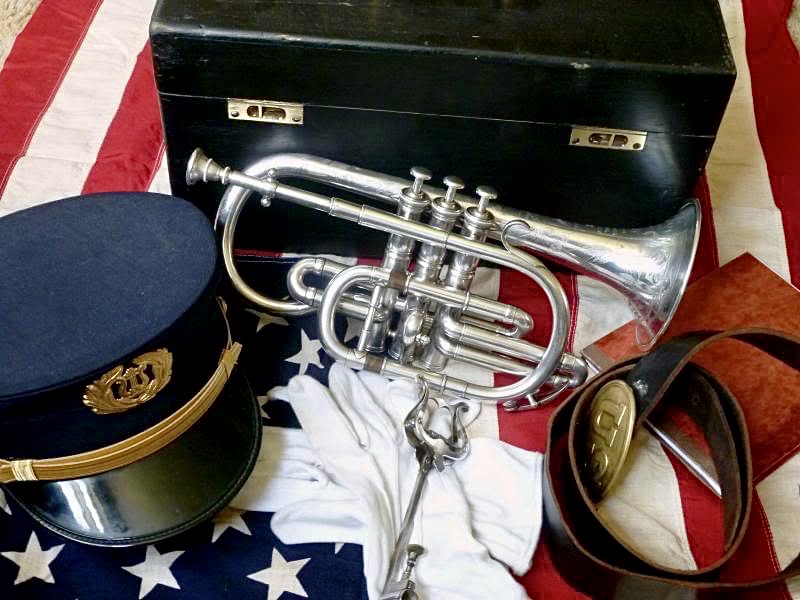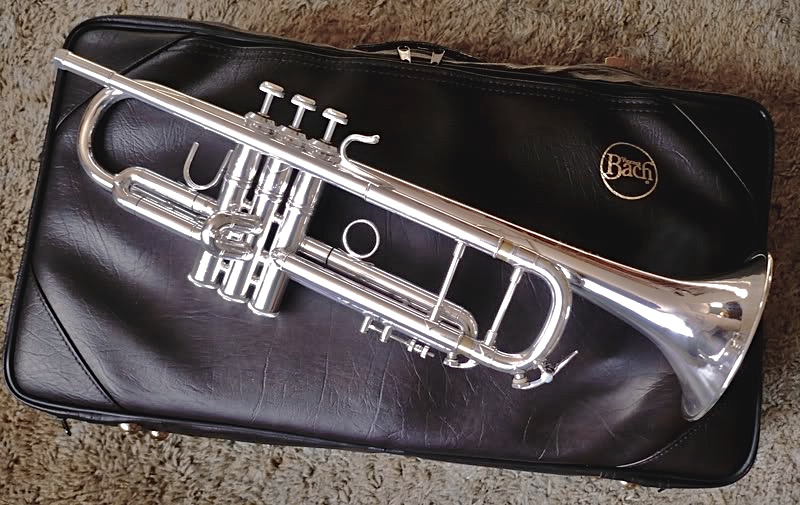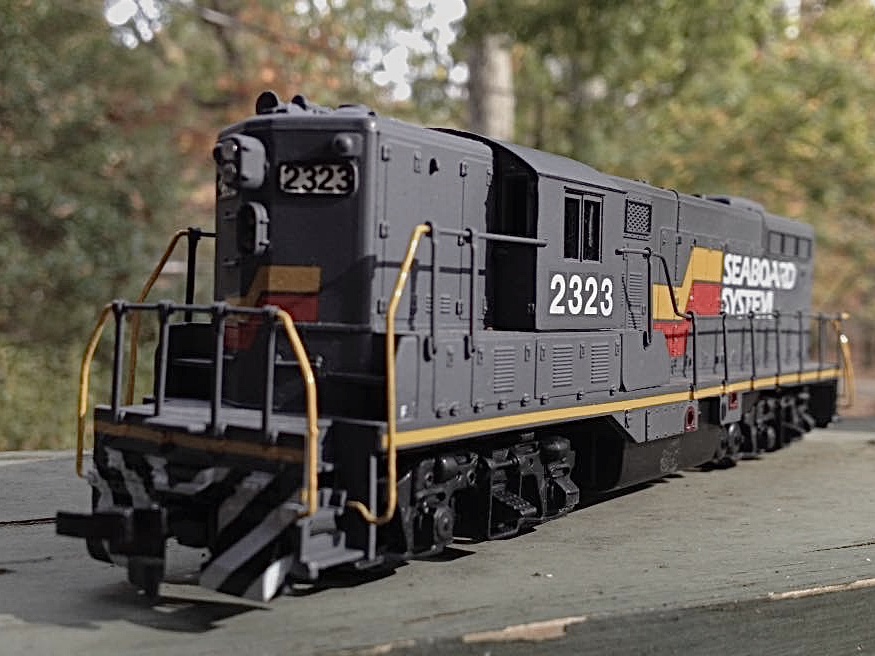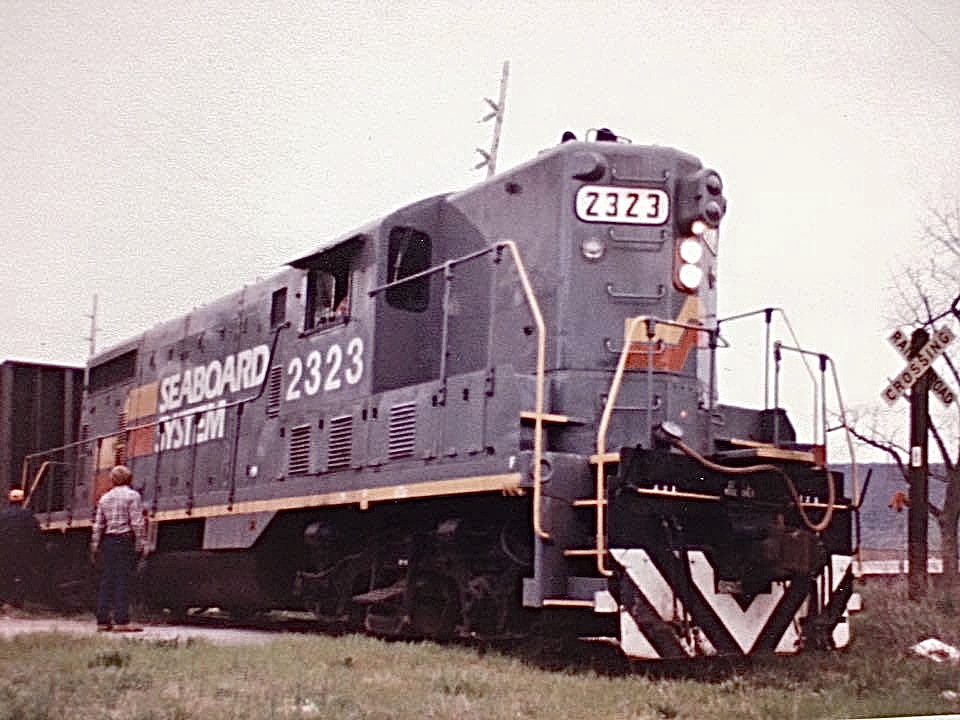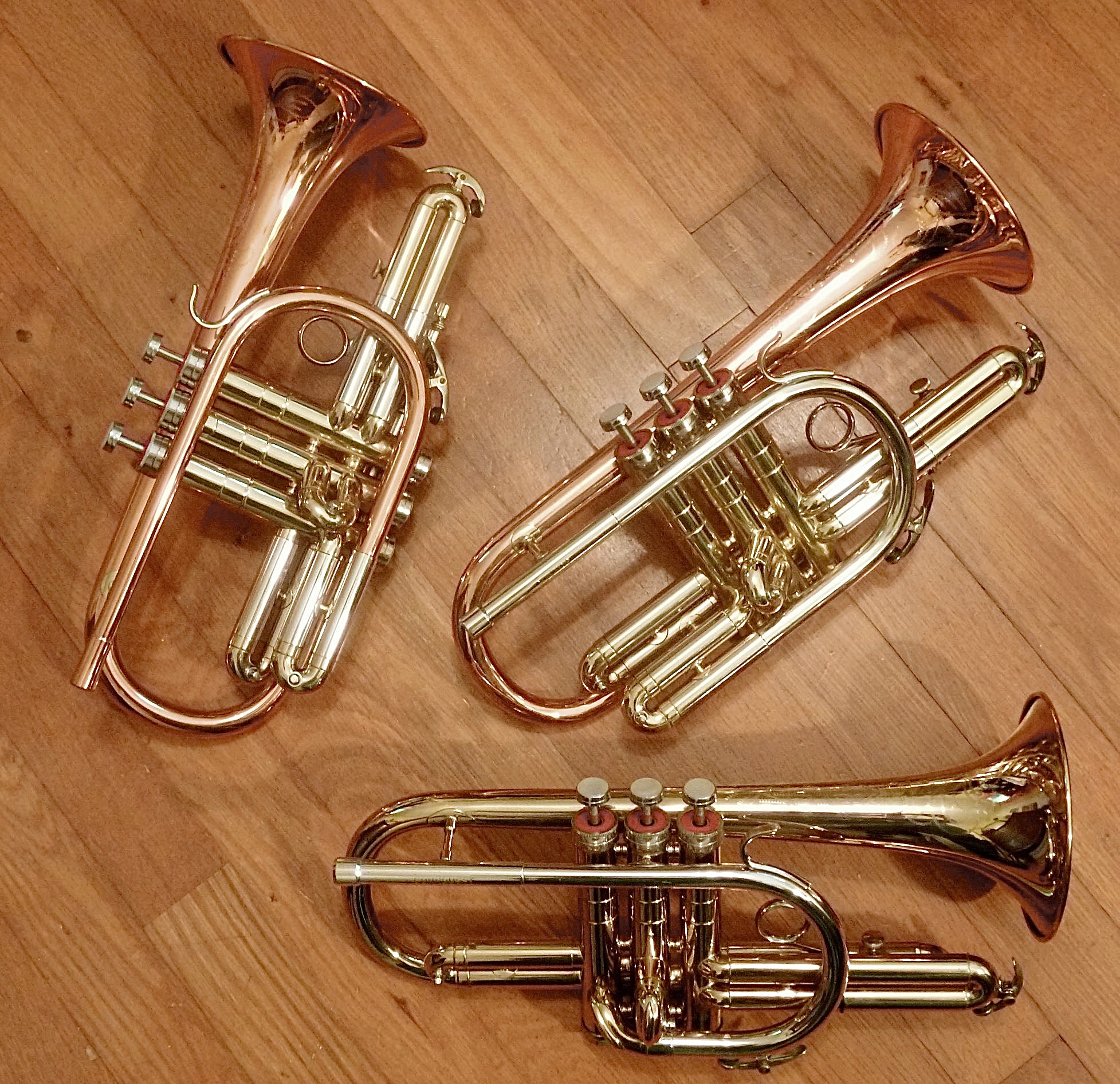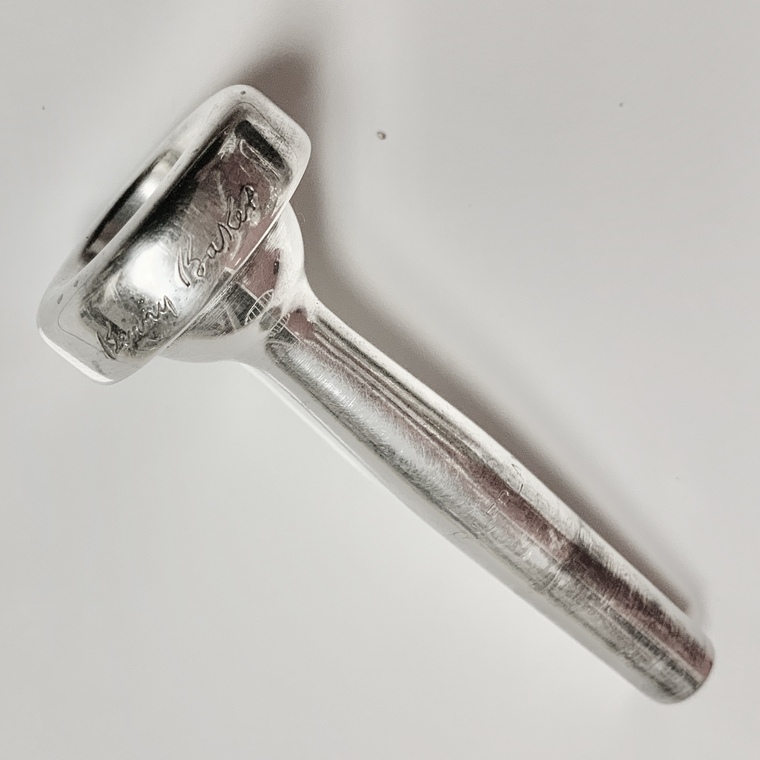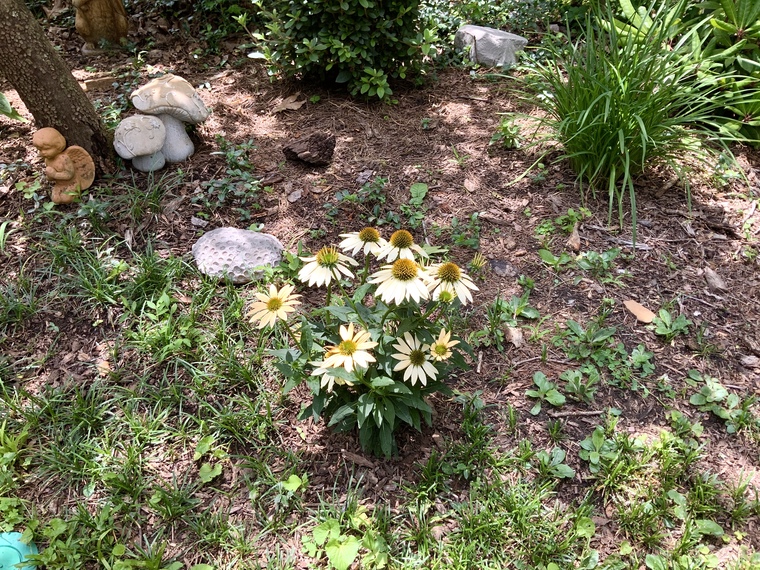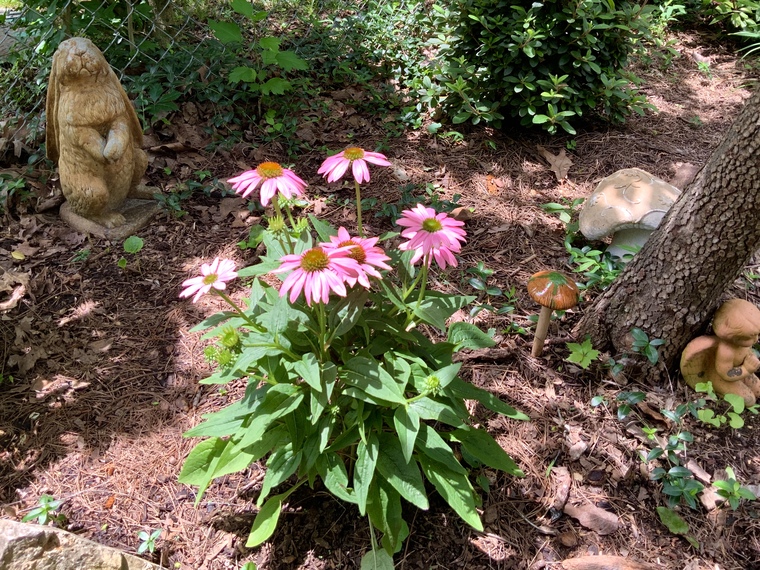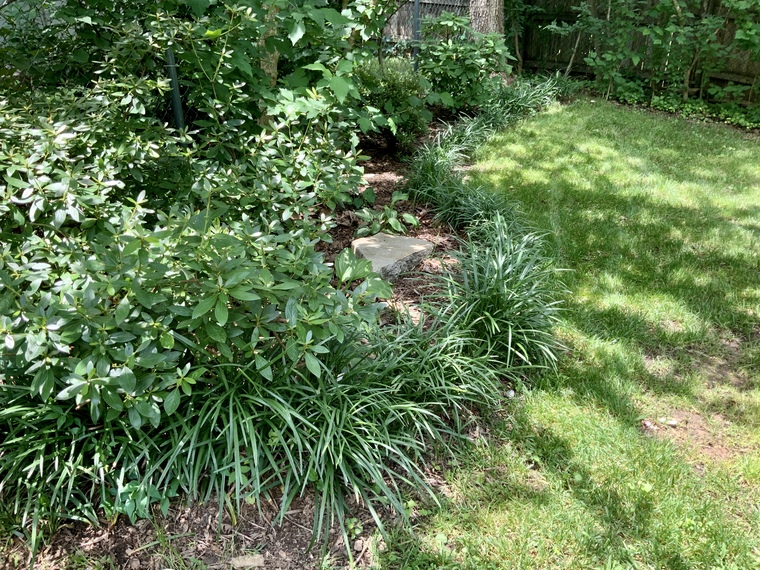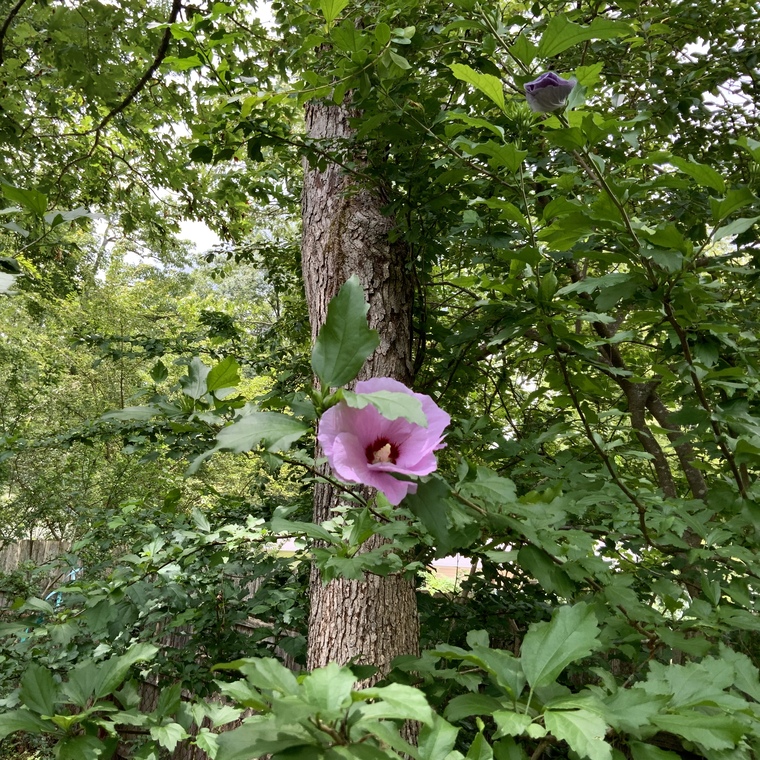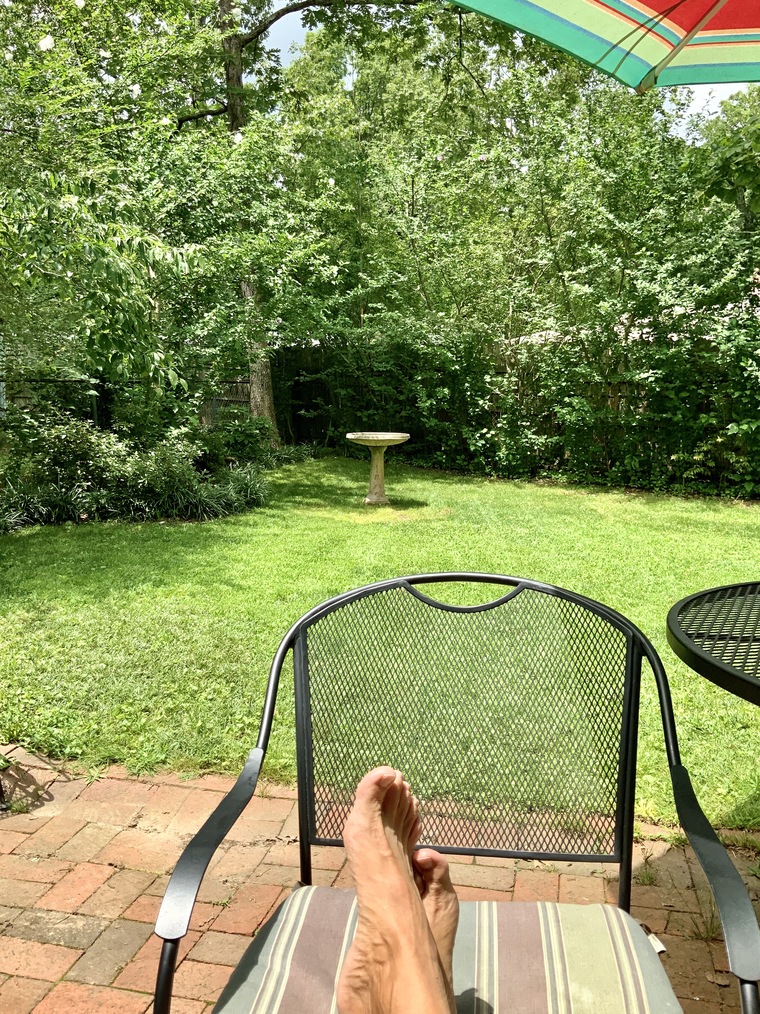@grune said in Mouthpiece too large?:
.... which leads to another question....
with so many excellent horns and brands these days, are we living in a golden age?
I suppose I’m still living in the past with a silver Bb Strad and a silver C Strad...lol. I did break the mold a bit with a very fancy lacquered Bach 184 cornet, though. 



